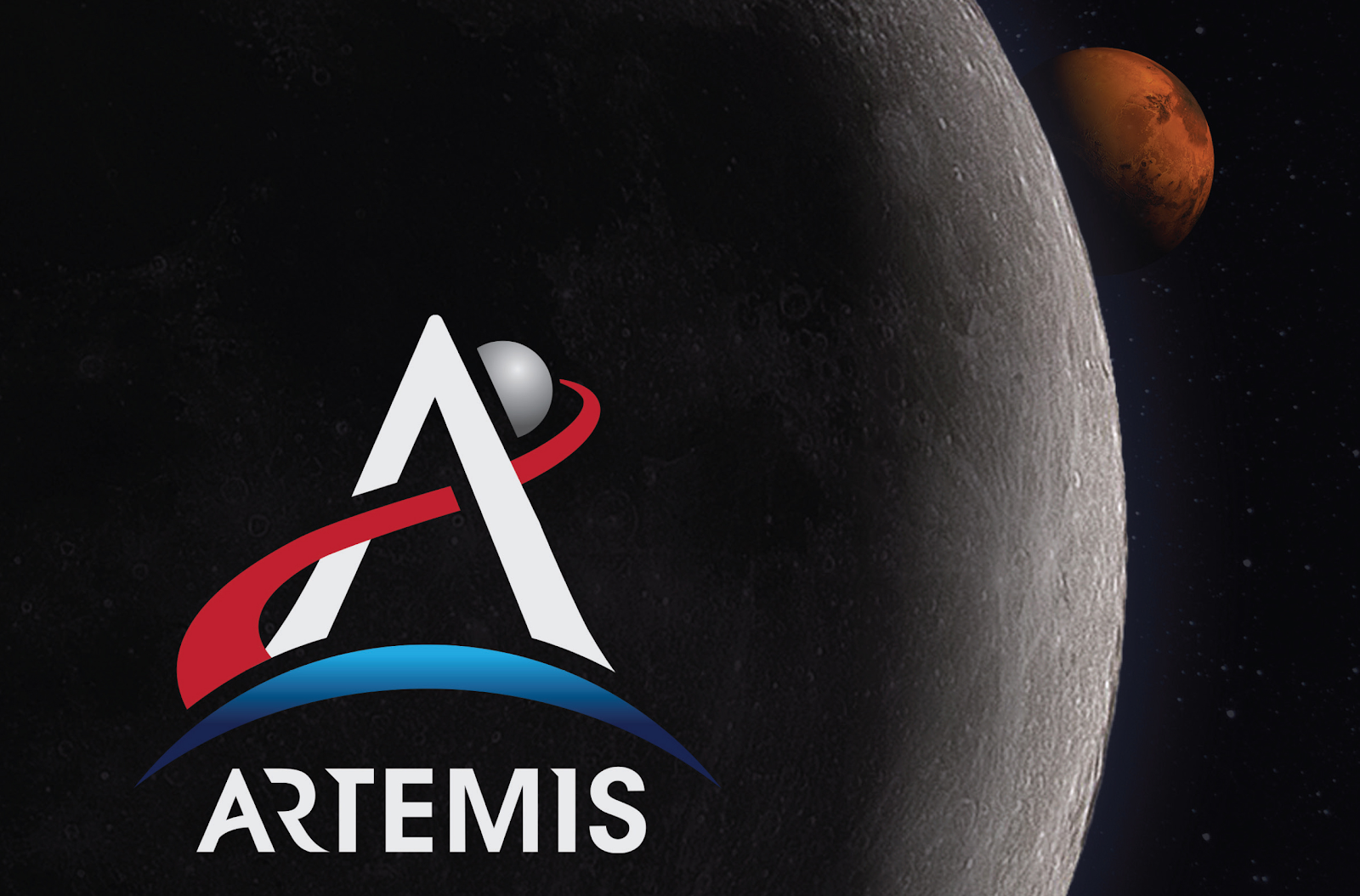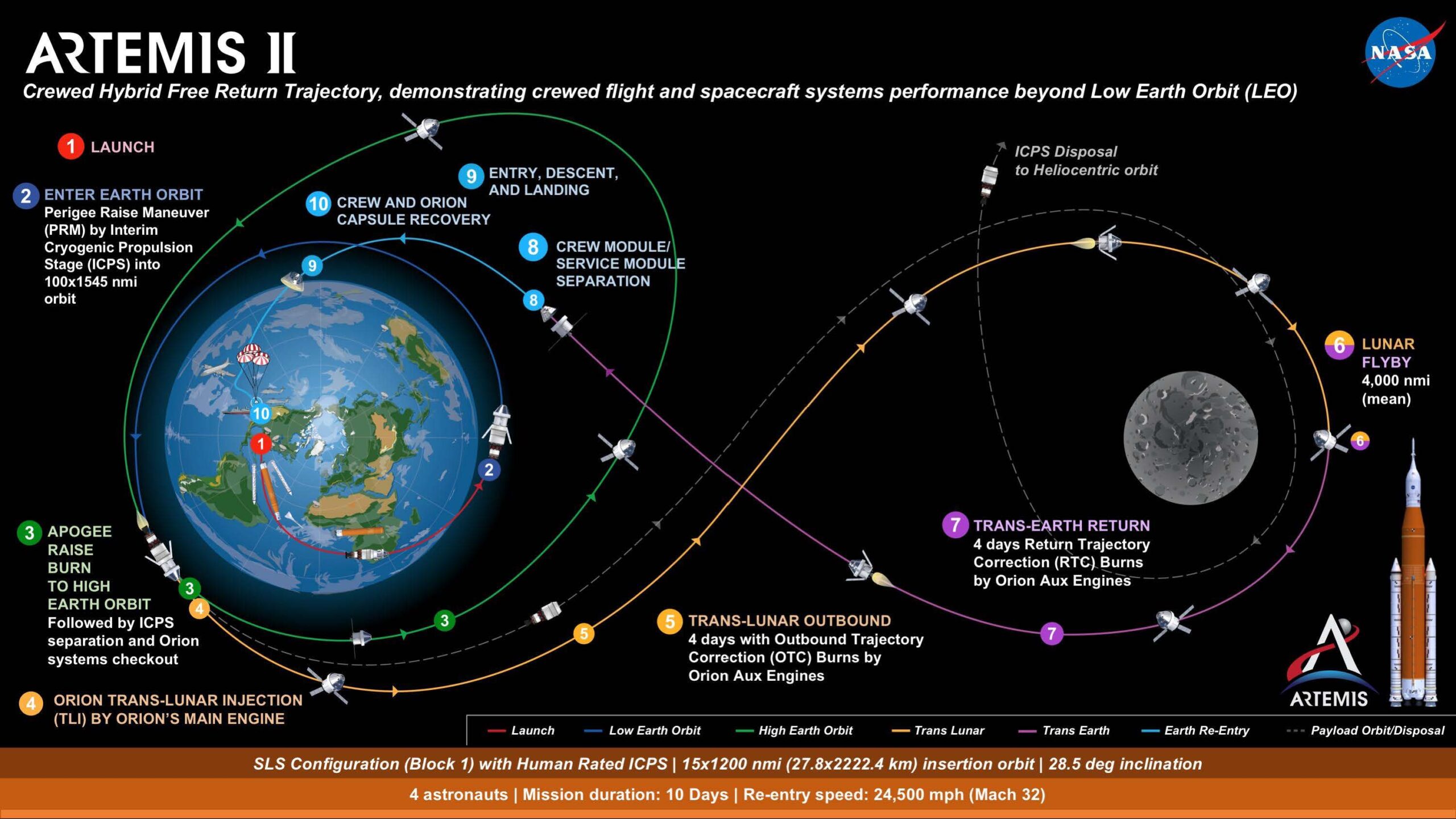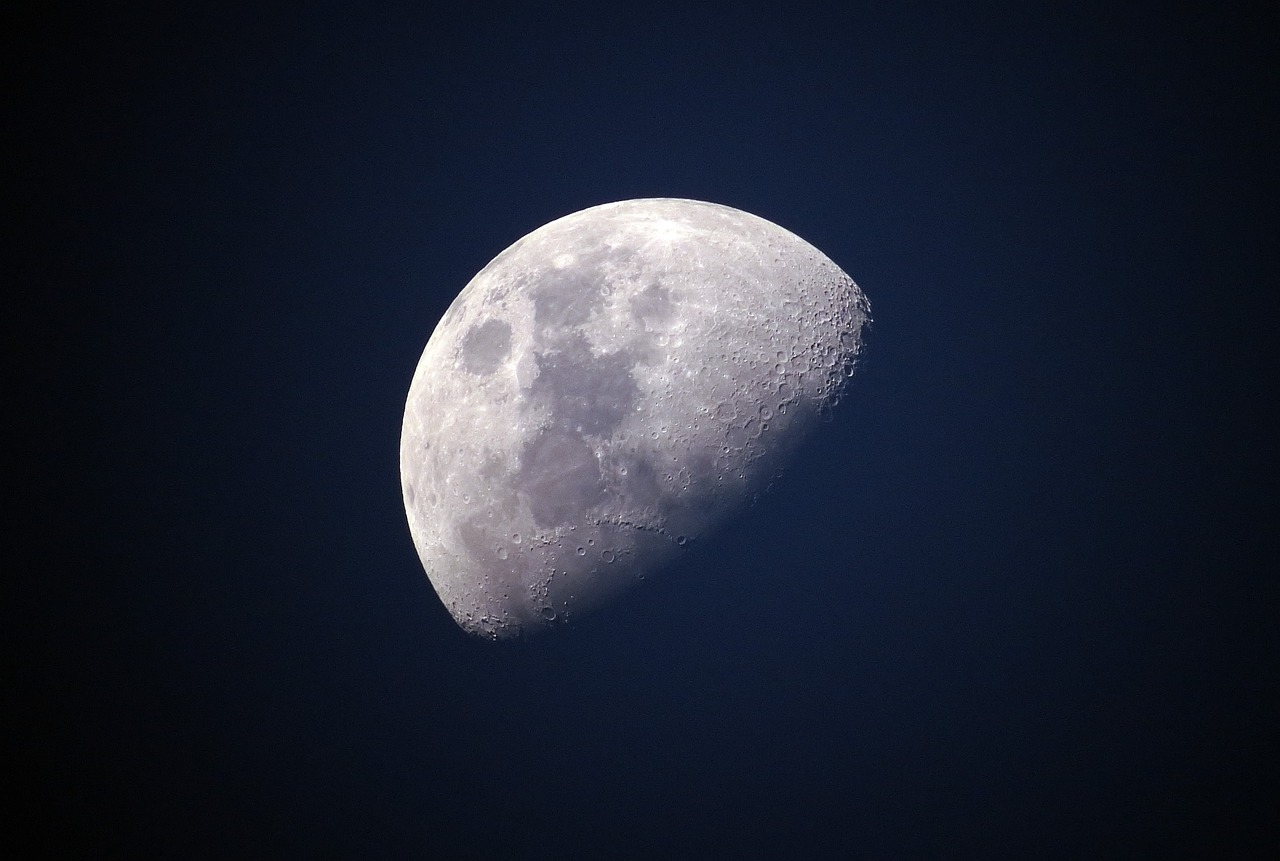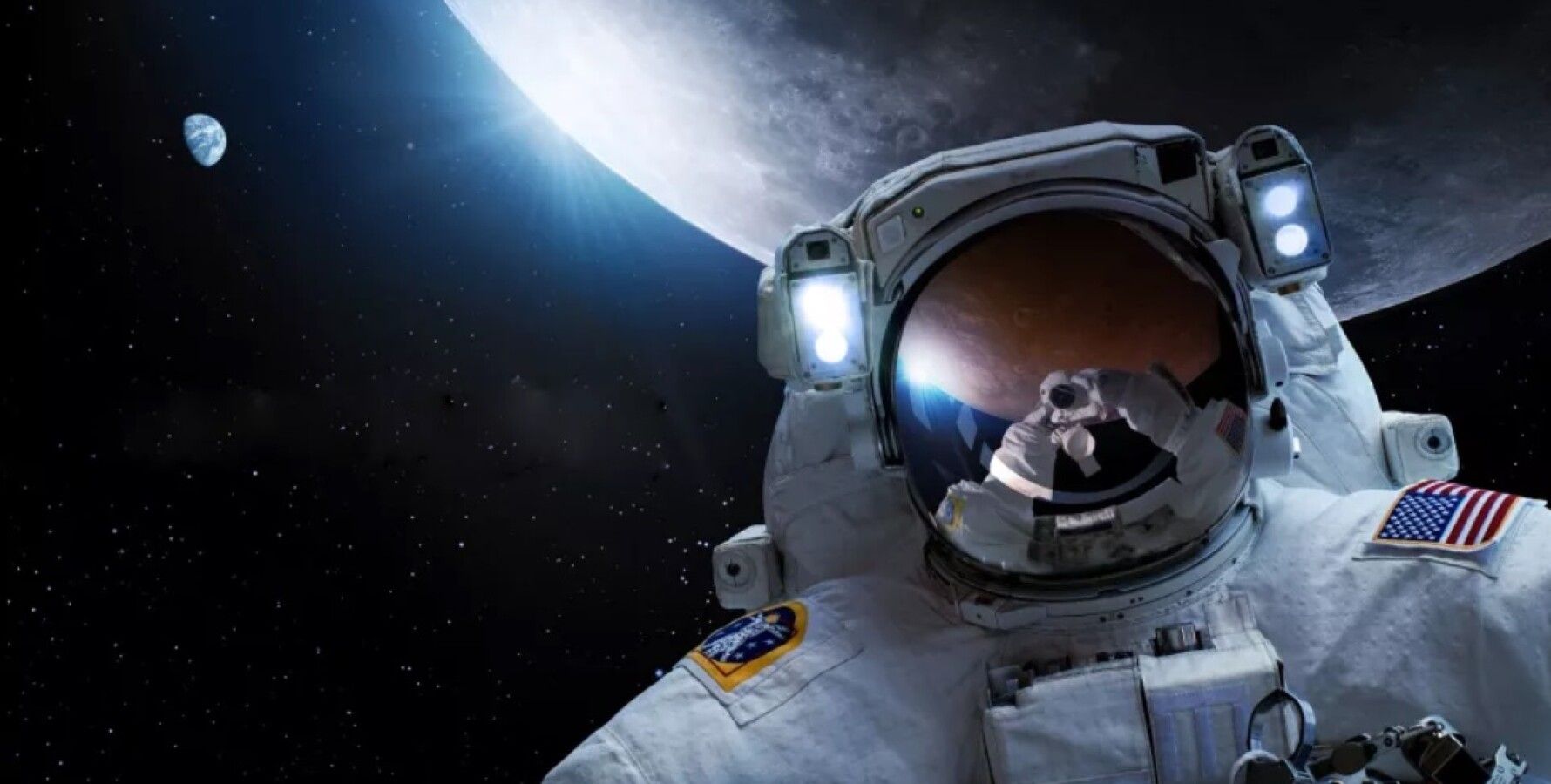

will ultimately decide when the rollout occurs. It’s all considered part of the testing.” The pre-WDR part of the flight termination system was expected to be completed this week (the week of February 14) but will depend on the resolution of issues during the testing and checkout of those components and the overall subsystem.Īlthough some work schedules reflect a no-earlier-than (NET), March 8 date for the first rollout to the pad, upper management at NASA Headquarters in Washington, D.C. “We are today installing ordnance and that’ll run through tomorrow (February 9). “We powered up Monday (February 7) we got into our initial checks and all went well there,” he said. Now that the SRB instrumentation work that needed to be completed before FTS testing is finished, Lanham said the team is pressing onto the rest of the work. “On the FTS testing, we did complete the ICPS (Interim Cryogenic Propulsion Stage) portion last week,” Lanham noted. “That work is done but that was some of the DFI work that they were referring to at the time that needed to be completed.”įinal installs and configuration of the FTS are being done in two parts - one part before the WDR test and one part after - just ahead of launch. “The DFI inside the forward skirt of the boosters we had to finish that routing in order to get into the FTS testing,” Cliff Lanham, NASA Senior Vehicle Operations manager for EGS at KSC, said in an interview on February 8.

#Artemis nasa date series#
Flight Termination System (FTS) component installation and testing is the last major series of tests that need to be completed before rollout running and securing cables inside the forward skirts of the two SLS Solid Rocket Boosters (SRB) for some of the development flight instrumentation (DFI) was one of the tasks that was delaying the start of the FTS work.Īrtemis 1 at the launch pad.
#Artemis nasa date full#
This is the first time an Orion-SLS vehicle has been integrated for launch and NASA is planning a final, full launch countdown demonstration test at the pad before declaring that the programs, the hardware, and the team are ready to attempt to launch Artemis 1.ĮGS and Jacobs are working with the Orion and SLS Programs and their contractors on completing final configurations and integrated testing prior to rolling out to the pad for the countdown test, which is called a Wet Dress Rehearsal (WDR). Just the week before, a second run of a countdown sequence test was completed and preparations by EGS and prime launch processing contractor Jacobs were said to be progressing towards rolling out the Artemis 1 vehicle from the VAB to Pad 39B in mid-February. “NASA has updated the schedule to move the combined Space Launch System rocket and Orion spacecraft out of the Vehicle Assembly Building (VAB) to Launch Pad 39B at the agency’s Kennedy Space Center in Florida for testing to no earlier than March 2022,” a short February 2 post said. Ground operations finishing up final tests and closeoutsĪfter a three-week delay in the next major milestone was made public on February 1, NASA confirmed the news the next day. Still, agency leadership and management from the EGS, Orion, and SLS programs continue discussions about what dates to target for those milestones.Ī mid-March rollout for the WDR test probably puts an April launch for Artemis 1 out of reach and preparations and program reviews are more likely to stretch farther into the Spring towards the Summer as NASA moves slowly and deliberately towards final readiness to launch. The team at the Kennedy Space Center (KSC) in Florida led by the Exploration Ground Systems (EGS) program is wrapping up integrated testing in the Vehicle Assembly Building (VAB) and closing out the vehicle for a final Wet Dress Rehearsal (WDR) countdown demonstration test and launch.


In early February, the space agency announced another multi-week delay in the planned date for rolling the vehicle out to the launch pad, from mid-February to sometime in the mid-March time frame. The first rollout of NASA’s first integrated Orion and Space Launch System (SLS) vehicle for Artemis 1 is now tentatively targeted for mid-March, but the schedule towards that milestone and eventual attempts to launch the vehicle are shrouded in uncertainty.


 0 kommentar(er)
0 kommentar(er)
